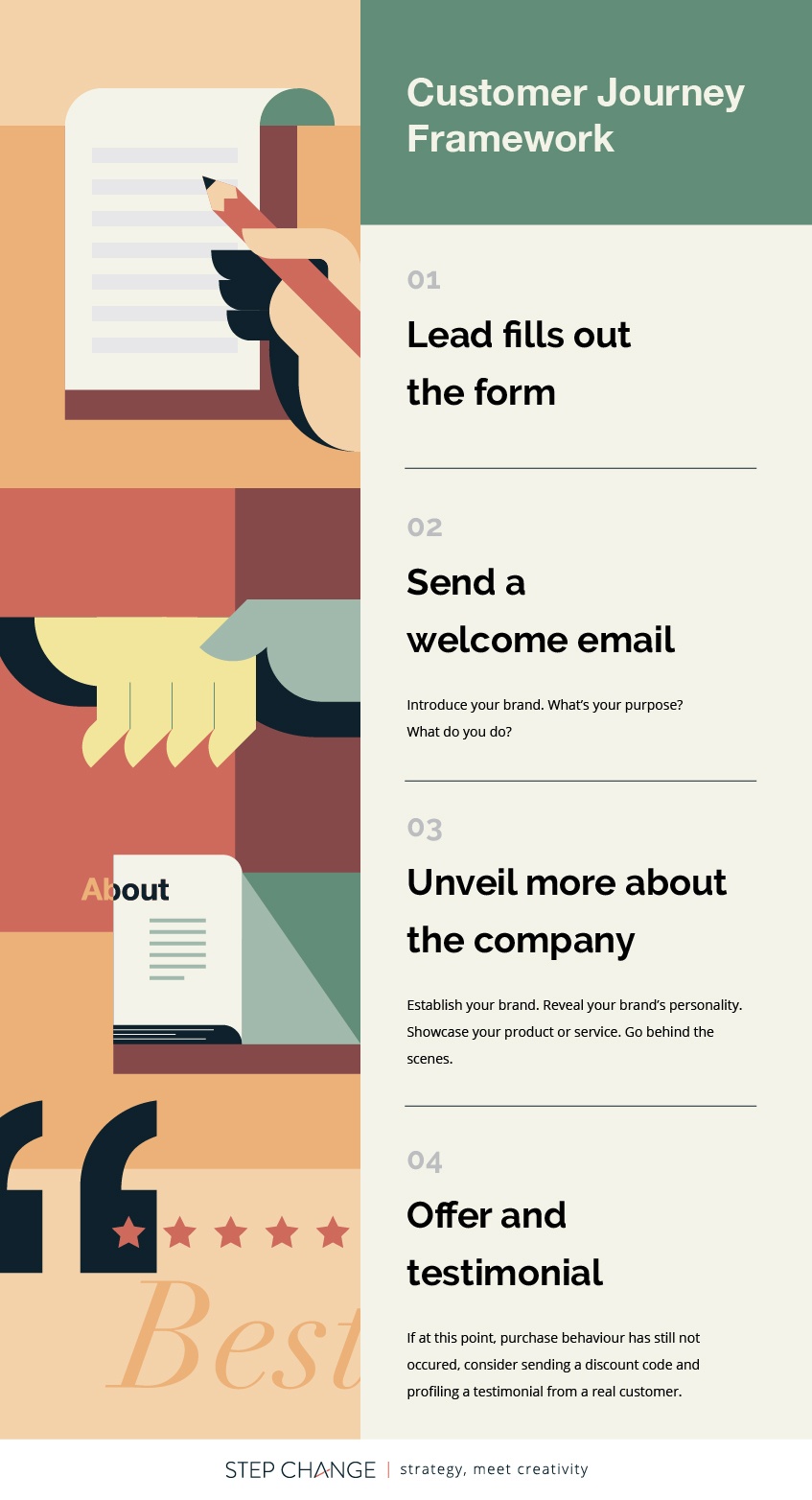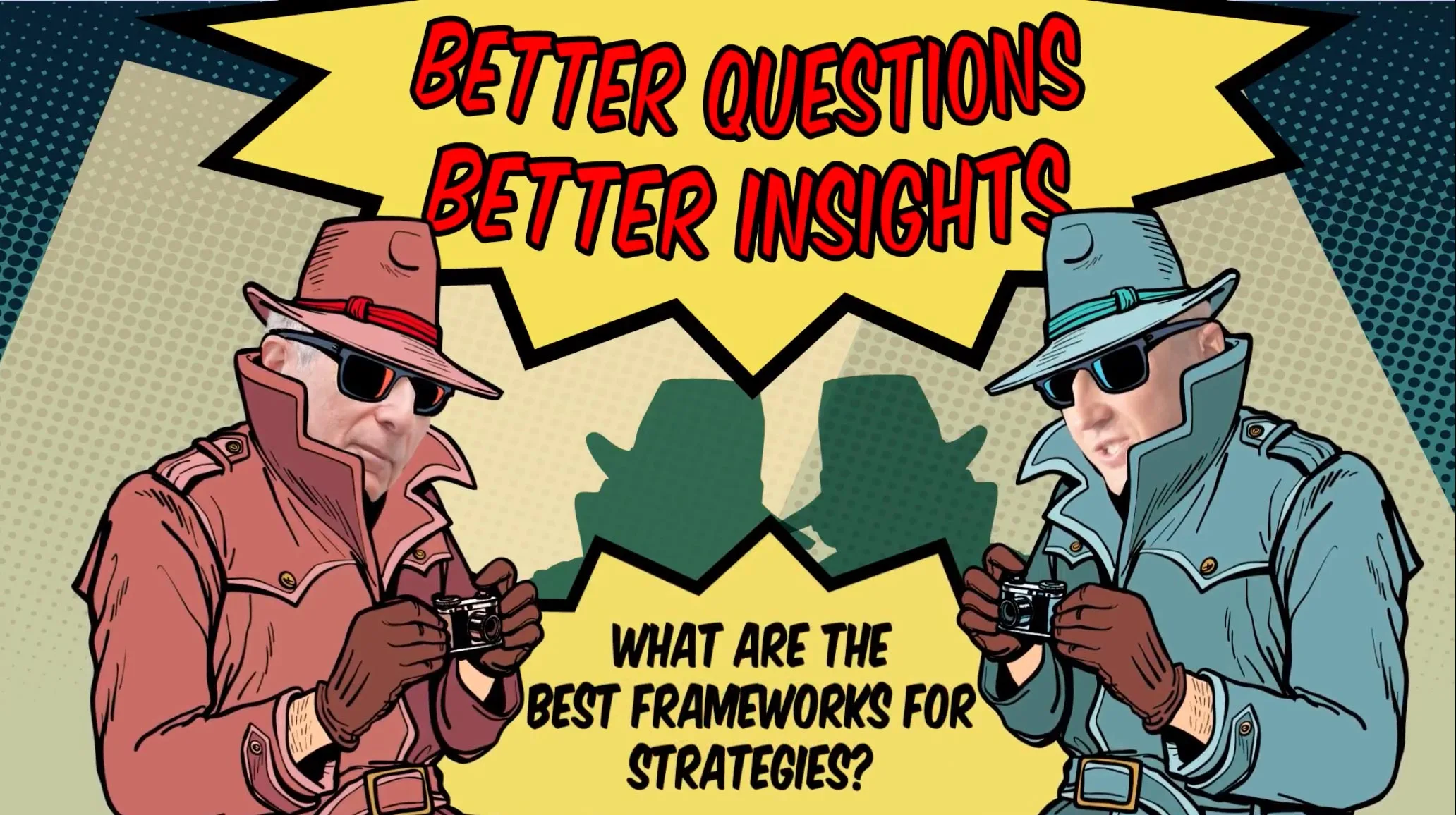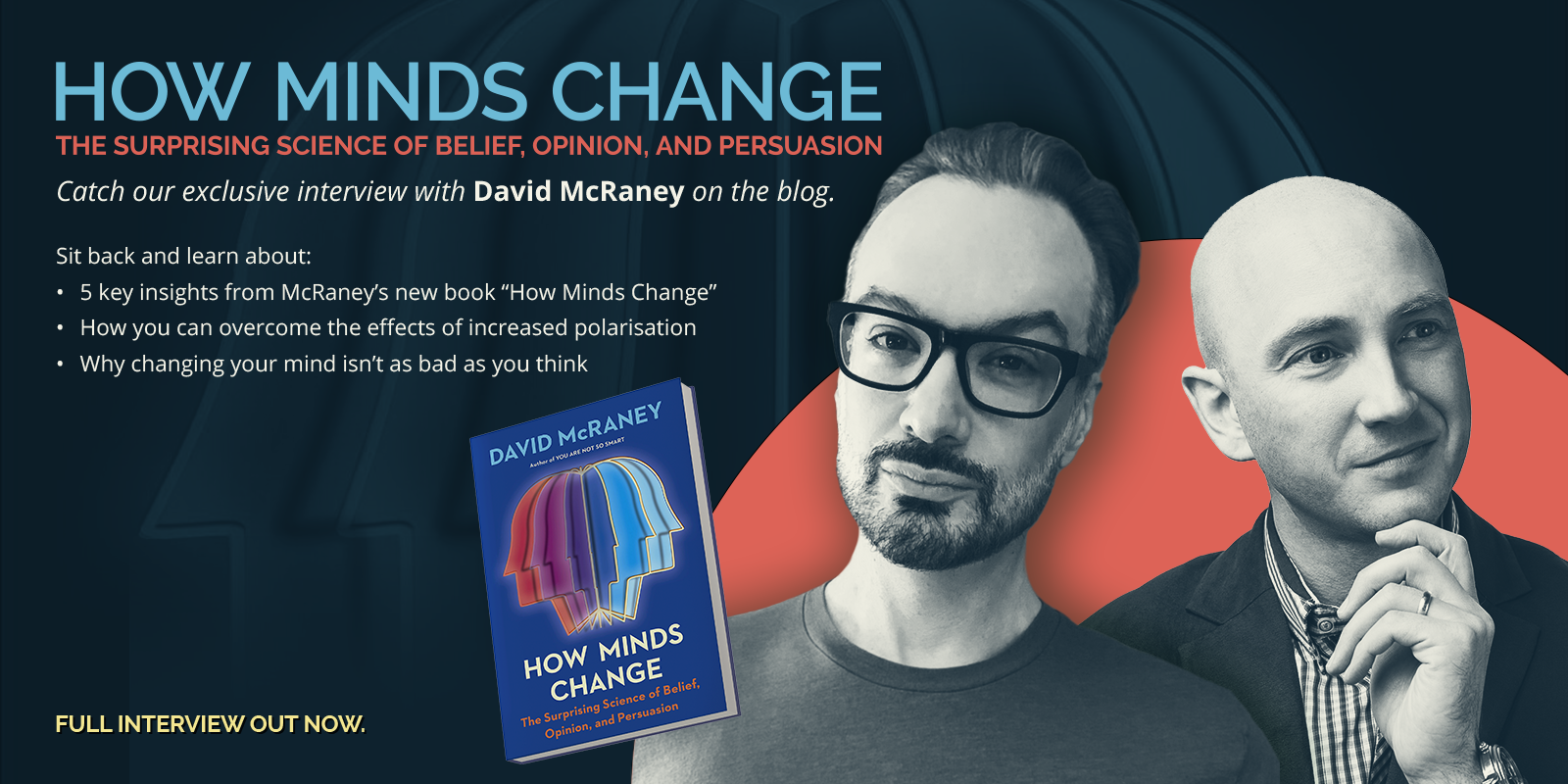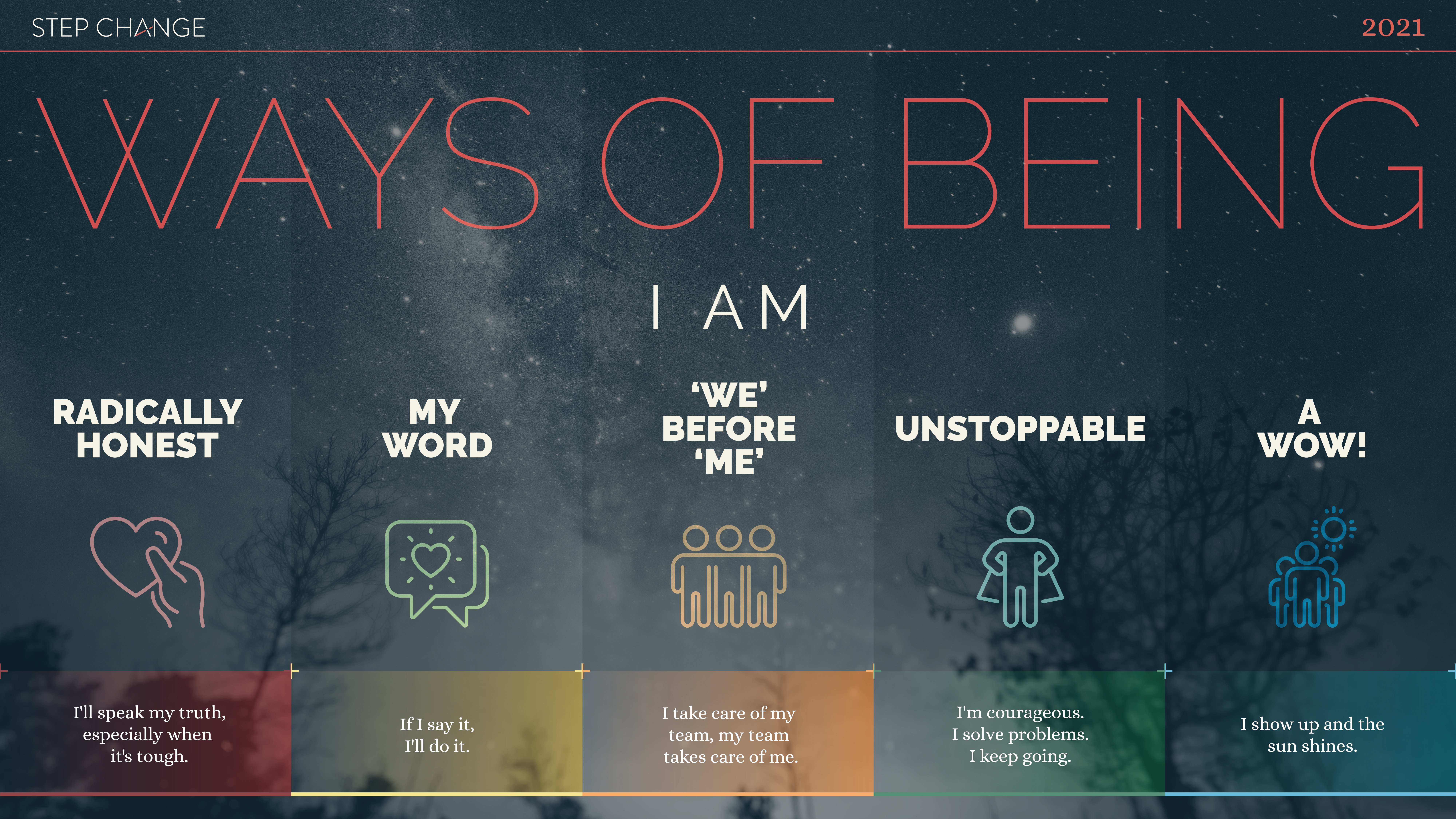Marketing automation assures us of one thing: it’s a powerful, remarkable, personalised way to engage with your audience. And if it’s done right, it can give you an edge over the competition in the war for customer attention.
But before we dive into the best practices of marketing automation in ecommerce, it’s only right to know what marketing automation exactly is, and why it matters for today’s businesses.
Marketing automation is the use of any solution, platform, or SaaS tool to “streamline, automate, and measure tasks and workflows so they can increase operational efficiency and grow revenue faster” (Marketo).
Today, 82% of marketers recognised a positive return on investment (ROI) from marketing automation and said that it makes them more efficient. Many top marketing leaders are already using marketing automation to get them better financial results and allow them to improve how they transition marketing-qualified leads to sales and keeping existing customers happy.
Aside from performance improvements and better operational efficiency, there is much that you can gain because of it. It frees you up from doing simple repetitive marketing tasks so you can perform deep and complex work and invest more time and resources to create better and more valuable relationships with their customers as they mature through your sales cycle.
You can easily measure, track, streamline, and automate tasks, workflows, and experiences across channels. This helps your business increase operational efficiency as well as help grow revenue, qualify, or flag sales-ready leads.
ASOS, The Iconic, Sephora, Amazon — there is a common thread that links these successful brands. These brands have huge loyal fan bases. They champion the brand and repeatedly refer to them as an absolute must before they look at alternatives.
These companies put the customer at the centre of every touchpoint. There is no interaction that does not serve a purpose, and every single one of those interactions are enriching the customer’s brand sentiment or experience in whatever task they completed.
Using Marketing Automation in Emails
In the ideal marketing automation experience, you would receive a form of communication at exactly the right time with the information you want or hadn’t realised you wanted.
Let’s analyse the most basic of automations that receives the highest rate of engagement over most of the content a business may ever send out: the sequence of welcome emails.
It isn’t singular because there is a lot you want to say to a customer about your brand, its beliefs, and its offerings. It is the best opportunity to start building rapport with your customer.
This is the customers’ first impression of you at the start of their customer lifecycle. So make sure your brand personality and tone of voice will set you apart and make you more memorable. This sets the expectation for the rest of your interactions.
The worst way to start this (potential) lifelong friendship with your potential customer is sloppy email content.
Setting a tone to disappoint is the wrong way to start any type of relationship. If this initial interaction is frustrating or not particularly memorable or helpful straight off the bat, chances are, the customer is going to seek an alternative or leave a negative review.
Dissecting a Great Welcome Campaign
There should be more than one email sent in this sequence. Take your customer on the journey to understand why you are different from your competitors and how you put them first.

Constantly testing different subject lines and calls to action as performance results of each of these interactions are obtained will help fine-tune the content, decide the right channel to engage, or the rate at which you win the heart of your potential biggest advocate. It’s crucial to remember to not set then forget any marketing automation you put in place.
Every organisation will have its own unique buyer behaviour / persona to cater to. The more you refine the persona, the better you will be able to manipulate each category to purchase more products. One persona may not respond to any emails but prefer in-app or social media content. By using this information, a company should incorporate channel-specific tactics to gain better results.
Converting Loyal Customers to Brand Advocates
Create workflows to identify loyal customers. They have a great potential to become advocates, who are priceless. Advocates naturally recommend you to a friend, sing you praises, and purchase in a regular fashion.
Reward a customer for leaving a review, referring a friend, purchasing (hitting a basket or cart benchmark or a minimum spend), or responding more than twice a week to a post or a survey.
Come up with personas and segment your database. You can do this by sending out surveys, adding more forms that collects different information on your website, or incorporate passive means using customer activity.
Have a re-engagement strategy that brings back a customer that has not visited or purchased in a while. They’ve bought from you before, but for some reason, they’ve stopped. Finding out why and doing something about it is more valuable than acquiring new customers. Why? Because it’s more expensive to obtain new customers than trying to win back the affection of a dormant one.
More Ways to Use Marketing Automation
Continue to nurture and foster this relationship with your customers. Customers’ attention is known to become increasingly fickle, so use every single touchpoint to inspire loyalty. Spending time to capture a sale but also nurture a customer beyond the initial sale is equally important.
A helpful example: you are almost at platinum level emails from Sephora — this is a blend of overall spend and lead-scoring to entice a customer to continue buying from the brand and also get rewarded. If a customer doesn’t respond to this initial attempt, a series of emails and targeted social posts start to unveil the benefits of platinum level.
Don’t try and hammer customers with content constantly with the sole purpose to make them purchase things from you. Add value to their lives, and respect them. Ask for a product review. Ask for feedback on what you’re doing right. Send them relevant information. Provide exclusive information on new product lines, sales that are coming up, a brand update, tips and hacks on how to get the most out of the product they just bought.
Here are other ways you can leverage the power of marketing automation to nourish customer journeys:
- Birthday Campaign Series. Text happy birthday on the actual day and let them know a gift is waiting in their inbox for them via SMS. Have it appear in-app as a notification + (1 hr delay). Send an email with the offer or discount (have a delay; both should not occur at the same time).
- Abandoned Cart Series. Using cart data and a delay of 24 hours before kicking off sequence
- “Have you forgot something?” Email. Send an email to remind them to save the cart. Retarget ads using cart data. Have an in-app reminder of inventory items running low. Provide a discount on shipping email. Reminder them that items are expiring from their cart soon.
- Renewal Campaign. Have a subscription data using a date field. Kick off a program that counts down to the renewal date. Have a sequence if renewal date has lapsed.
- Re-Engagement Campaign. Use behavioural data to do this (i.e. customer has not made a purchase in the last 12 months).
Final Tips
There’s a lot that you can do to improve processes in your organisation and become more performance-led. It is important to look at marketing automation and see how each step and every interaction adds to your customer’s experience.
Look at every user touchpoint. Is the look and feel consistent throughout the journey? Gather and use data, and use more than one channel. Cross-channel-proof your marketing automation mix. If you have a high proportion of mobile users making purchases or browsing, throw in an in-app/website message or pop-up such as a helpful reminder, text, targeted ads, and social and consider channel-specific tracks.
You might separate your web, email, support, and sales teams, but the reality is your customer has no idea (and probably doesn’t) care about how you are internally siloed. Your brand is an end-to-end experience — it is a person in their opinion. Your customer reviews humanise your brand, so your brand needs to act in such a way and deliver this experience across channels.
















